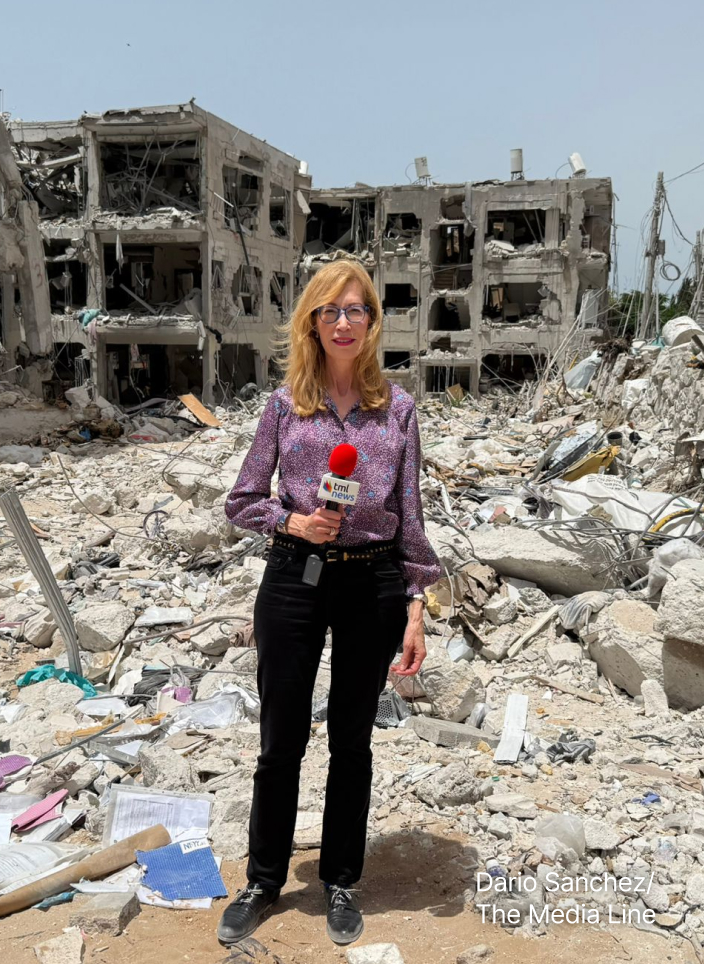Hezbollah Drone Plot in Barcelona Alarms Europe’s Jewish Communities
Three men were arrested in Barcelona on April 1 for allegedly manufacturing explosive drones for Hezbollah, raising fears about the group’s reach into Europe and the safety of local Jewish communities. In his investigation for The Media Line, reporter Gabriel Colodro reveals that the suspects were operating just blocks from the city’s main synagogue and Jewish school. Officials believe the drones were intended for conflict zones, possibly targeting Israeli or Jewish interests.
This is not the first time Spanish authorities have uncovered Hezbollah-linked activity. In July 2024, a joint operation with Germany led to arrests tied to a broader drone supply network. Experts warn that such cases are evidence of a long-standing Hezbollah presence in Europe, aided by lax enforcement and increasing political tolerance for extremist ideologies.
Give the gift of hope
We practice what we preach:
accurate, fearless journalism. But we can't do it alone.
- On the ground in Gaza, Syria, Israel, Egypt, Pakistan, and more
- Our program trained more than 100 journalists
- Calling out fake news and reporting real facts
- On the ground in Gaza, Syria, Israel, Egypt, Pakistan, and more
- Our program trained more than 100 journalists
- Calling out fake news and reporting real facts
Join us.
Support The Media Line. Save democracy.


Ángel Mas, head of Spanish watchdog group ACOM, called the arrests a turning point. “Hezbollah operatives walking the same streets as Jewish schoolchildren, building explosive drones just blocks from synagogues,” he said. Mas and others point to a broader issue of antisemitism becoming normalized under the guise of political protest.
Colodro’s reporting includes sharp warnings from Jewish leaders, intelligence officials, and observers who say antisemitism has grown more violent and more accepted across Western Europe since the October 7 Hamas attacks. “Antisemitism is no longer confined to fringe voices,” said Ron Brummer of Israel’s Ministry of Diaspora Affairs. “We’re seeing it embedded in universities, media, and even governments.”
To understand the growing intersection of terrorism and antisemitism in Europe—and why Barcelona’s case has become a flashpoint—read Gabriel Colodro’s full report at The Media Line.

